Idaho Impacts FY22
National lab research, home state advantage
Idaho National Laboratory is made up of people who choose to live and work in Idaho. Our actions and work reflect the respect we hold for our state and everything in it. INL researchers seek to discover, create and advance useful technologies that improve daily life around the world and right here in Idaho.
Accomplishments and data are from fiscal year 2022.
with a total audience of 3,195
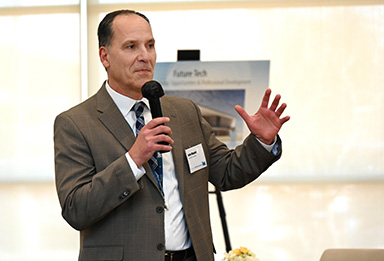
Preparing Idaho’s future workforce
An agreement between College of Eastern Idaho and Battelle Energy Alliance, which runs INL, will help prepare the future workforce of the laboratory, energy industry and partnering industries, while providing more learning opportunities for community college students. Battelle Energy Alliance gave $1 million to support the partnership over the next five years and to begin planning the new Future Tech Building on the CEI campus.

Inspiring tomorrow’s cybersecurity pros
INL’s Cybercore Integration Center and local education partners gave Idaho high school students a weeklong course in how to think like hackers. The Cyber Summer Camp program introduces junior and senior high school students, along with local career and technical education teachers, to cybersecurity and related topics. The program is a collaboration between INL, University of Idaho, College of Eastern Idaho and Idaho Falls School District 91.
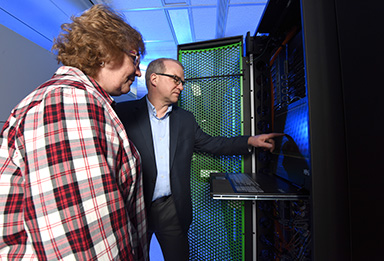
Supercomputer available to Idaho universities
Students and faculty at Idaho’s three public research universities now have access to one of the nation’s fastest academic supercomputers thanks to an agreement signed in January 2022. The Falcon supercomputer is housed at INL’s Collaborative Computing Center, a high-performance facility supporting INL and Idaho’s public universities. The supercomputer is connected to the universities via the Idaho Regional Optical Network.

Helping Idaho business test battery tech
Lithium-sulfur batteries have several advantages over lithium-ion batteries. Their one big disadvantage: They don’t last as long as other types of batteries and their performance wanes the more they’re recharged. An INL scientist suggested that an Idaho Falls company, Cogent Energy Systems, apply its technology — carbon nano-onions — to improve the battery cycling performance of lithium-sulfur batteries. INL’s Technical Assistance Program provides small businesses with access to INL experts and unique capabilities at no cost.

Understanding risks to agricultural supply
The pandemic inspired an interest in the resilience of our nation’s production and distribution systems against large-scale social disruptions and climate-related impacts. An INL research team identified food and agriculture as one sector to better understand. For their first official case study, the team use the potato supply chain, though what they learn will be applied to other supply chains as well.
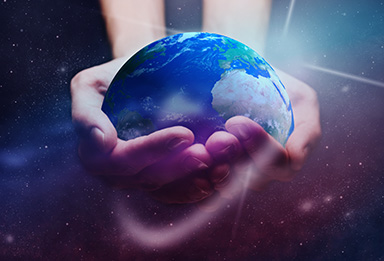
Chasing net-zero carbon emissions
INL continues its 70-year legacy of clean energy leadership by committing to achieve net-zero carbon emissions by 2031. Meeting this goal means the laboratory must eliminate or offset all emissions from 357 buildings, 605 vehicles and more than 5,600 employees spread over nearly 900 square miles of eastern Idaho. The laboratory will use its world-class clean energy research, including its core mission work in nuclear energy, to develop technologies that reduce and offset its emissions.
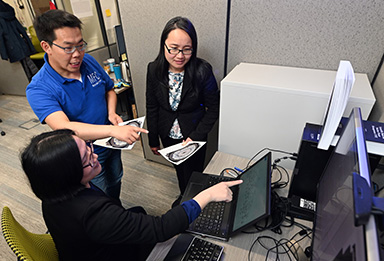
Students use machine learning on nuclear fuel
For the first time, a team of INL and University of Idaho researchers successfully applied machine learning to characterize the microstructure of metallic nuclear fuel, the fine details of which are visible only under powerful magnification. The data will help engineers predict fuel performance more accurately as they develop fuel for the next generation of nuclear power reactors.
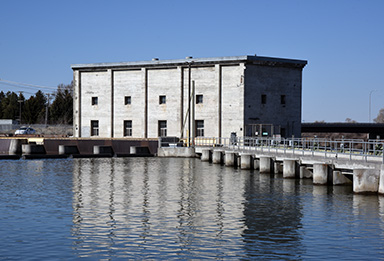
Seeking partners for small hydro field demo
Researchers at INL are looking for partners to help investigate how regional hydropower operators can integrate industrial-scale energy storage so that their plants can provide local emergency power during blackouts. INL’s first field demonstration was in April 2021 with Idaho Falls Power. The research team solicited proposals from utilities around the United States, which gets roughly 7% of its electricity from hydropower generation.
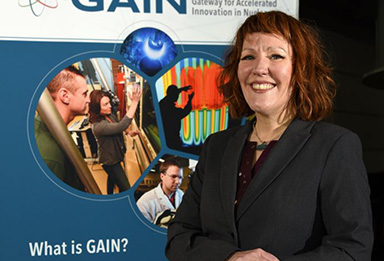
ISU grad expands nuclear partnerships
Government contracts are complex and difficult to decipher. For Rachel Taow, it’s a language she mastered largely due to her training in the U.S. Army as a cryptanalyst, a Persian Farsi linguist and signals intelligence analyst. She left the Army in 2003, moved back to Idaho Falls and enrolled at Idaho State University, where she earned a bachelor’s degree in international studies. Taow now works on contracting mechanisms to speed up nuclear research.
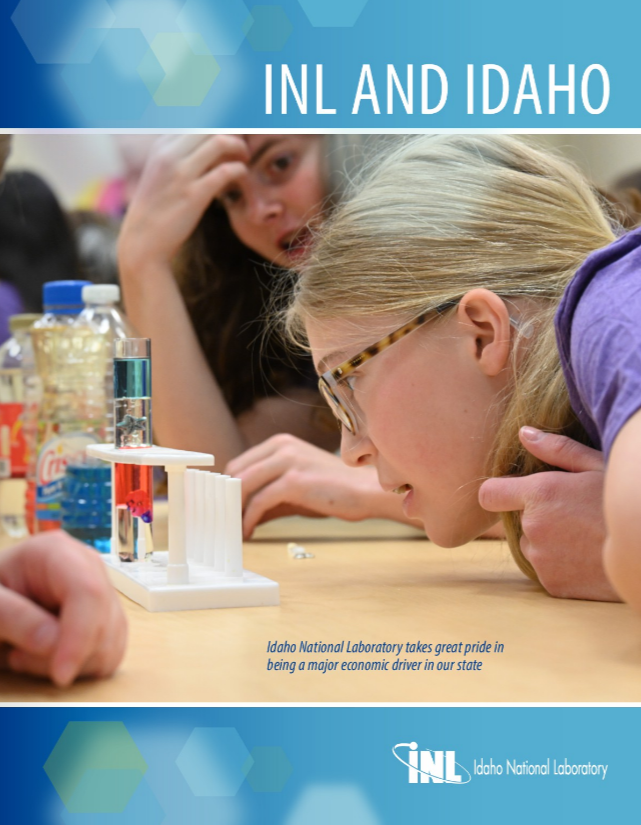
INL economic impact infographic
While INL’s primary mission is to help the nation solve energy and security challenges, we’re equally committed to thriving local communities and successful educational initiatives. Our growth as a laboratory strengthens both our local community and those throughout Idaho. We are committed to making Idaho stronger because Idahoans make us stronger. This infographic provides a snapshot into the lab’s impact on the local, regional and state economies.
Not finding what you are looking for? Please send your question to [email protected].
